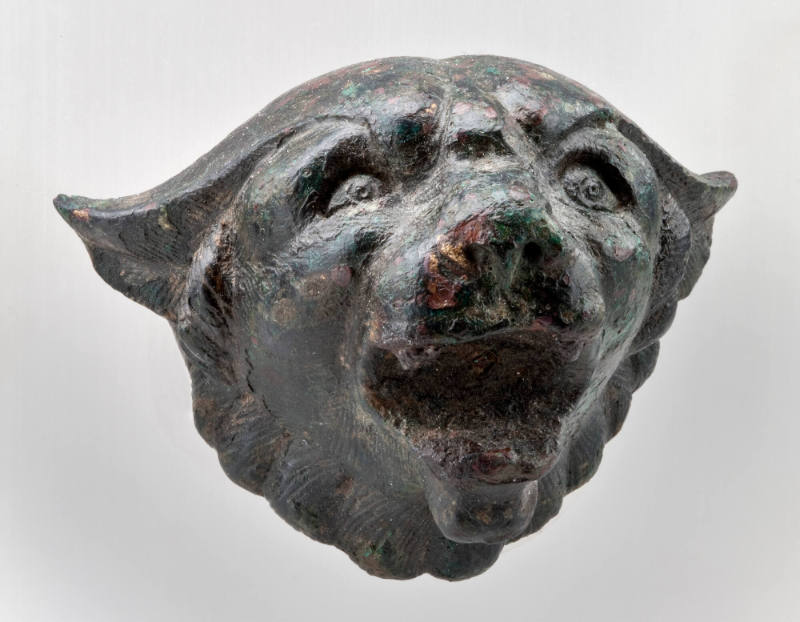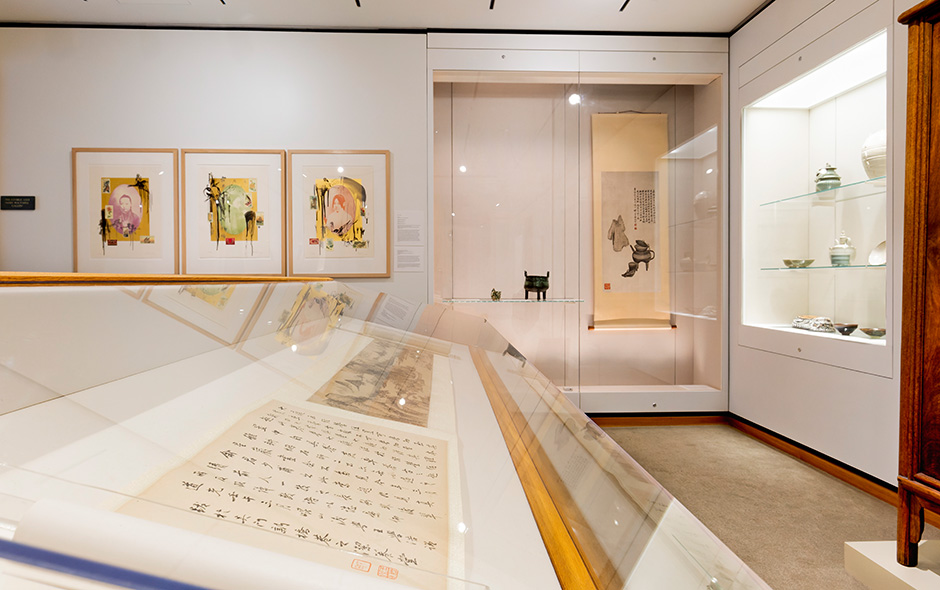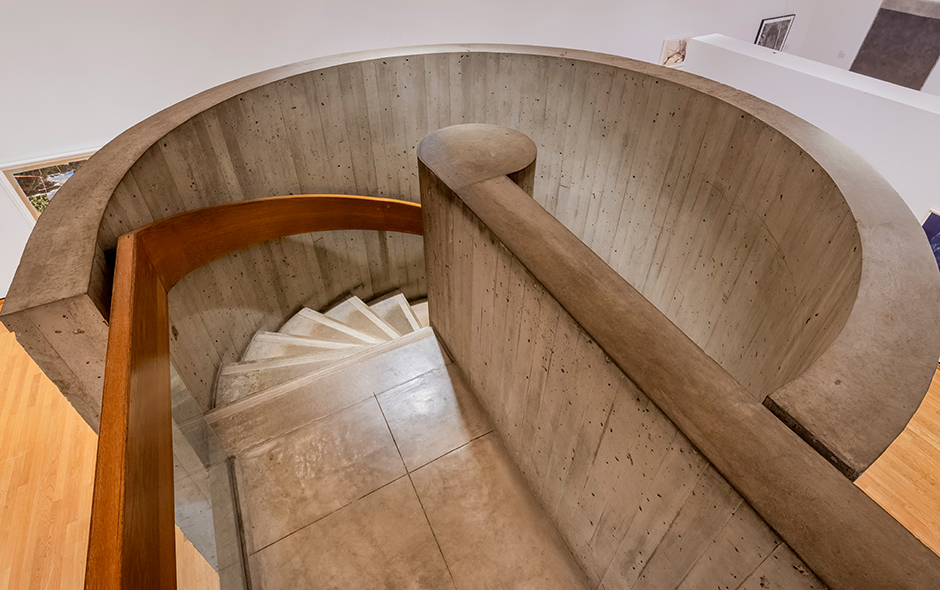

Object Details
Culture
Roman Empire
Date
2nd century
Medium
Bronze
Dimensions
1 3/4 x 2 3/8 x 2 inches (4.4 x 6 x 5.1 cm)
Credit Line
Gift of David B. Simpson, Class of 1960, and Nancy S. Simpson, in memory of Leonard P. Simpson, Class of 1922, for the Frank and Rosa Rhodes Collection
Object
Number
95.030
Provenance:
Michael L. Ward, Inc., New York, NY; before 1994, David B. Simpson; 1995, collect(…)
Provenance:
Michael L. Ward, Inc., New York, NY; before 1994, David B. Simpson; 1995, collection of Herbert F. Johnson Museum of Art, Cornell University, Ithaca (gift of David B. Simpson)
——
Label text:
This head of a lynx is relevant to a discussion not of bronze, but of amber. In his remarks on amber in the “Natural History,” Pliny the Elder debunks several theories about its origin, including the claim that it is a variety of the gemstone called lyncurium, or “lynx-urine.” In his discussion of lynxes (in Book 8) and amber (in Book 37), he refers several times to the theory that their urine “dries up into drops like carbuncles of a brilliant flame-color” (8.137), which the animals then deliberately bury “out of a grudge towards mankind” (37.52). Pliny also dismisses the claim that lyncurium breaks up bladder stones—a typical example of the sympathetic logic that often informed the use of materials in ancient medicine. Because amber has the color and transparency of urine, it is assumed that it can be used to treat urological conditions. (Verity J. Platt, “Wonder and Wakefulness: The Nature of Pliny the Elder,” exhibition organized by the Herbert F. Johnson Museum of Art, curated by Andrew C. Weislogel and Verity J. Platt, presented at the Johnson Museum January 21–June 11, 2023).












